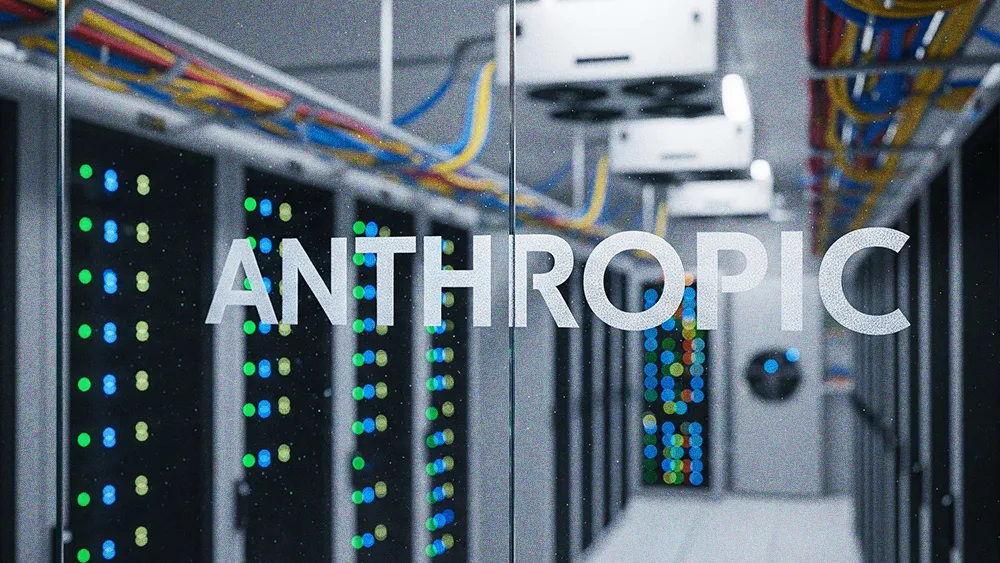
Key Points
Preetha Sekharan, VP of Transformation at Unum Group, on why the shift from offshoring to autonomous agentic systems is prompting a reevaluation of work structures.
She described how the shift from software-as-a-service to services as software is transforming service delivery, and why new governance strategies are necessary.
Sekharan concluded that joint accountability between business and technology teams will be essential for effectively managing human-AI hybrid teams.
For years, companies have chased efficiency by offshoring work. Now, many of those same workflows are prime candidates for a new kind of delegation: autonomous agentic systems. The moment is forcing a fundamental re-evaluation of where work gets done and how it's structured. Are AI agents the new offshoring?
To some executives, the future of AI looks surprisingly familiar. Preetha Sekharan, Vice President leading the Digital Incubator, Applied AI, and Transformation division at insurance company Unum Group, knows precisely how AI is reshaping the enterprise. Drawing on her experience leading multi-million-dollar initiatives at consulting firms like McKinsey and Booz & Company, she said the signs of a significant transformation are becoming increasingly clear.
Services as software: A new paradigm is already emerging, according to Sekharan. "Leaders are entering this new territory where, instead of software-as-a-service, they're thinking about services as software. It's a fundamental re-imagining of how services could be delivered."
Flipped on its head: Instead of just automating tasks, leaders must use AI to re-evaluate operations from the ground up, Sekharan said. "The old playbook, where leaders get to choose between improving, outsourcing, or automating, is now obsolete. The old criteria have been flipped on their heads. Now, we have to re-examine old processes and rethink entire systems, end-to-end."

But the financial case for AI often requires a new kind of math, Sekharan explains. With offshoring having already shaved 50% off the top, the ROI for automation must be calculated against an already-optimized baseline. The result is a much higher bar for the business case. Here, her strategy is straightforward and risk-averse. First, she defines what not to touch, namely, anything customer-facing. Then, she identifies the ideal starting point: previously offshored tasks.
Prime for the picking: Targeting external workflows first can help leaders secure early wins without the friction of internal disruption, Sekharan explained. "From a change management perspective, these use cases are often much easier because they're not your employees." But it isn't just about simplicity. It's about leveraging the process discipline required to make offshoring successful in the first place. "Offshored tasks are stable and less complex, which makes them prime for picking as our first use cases."
Most of the time, choosing to reinvent the system also forces leaders to rethink how they manage it, Sekharan said. In place of obsolete organizational charts, a new, flexible 'Orchestration Graph' is emerging to encompass human and AI workers alike. But it also introduces challenges.
Ghosts in the machine: Unlike older, rules-based bots, agentic AI operates with an autonomy that makes its behavior far less predictable. "Managing non-human employees was possible with RPA bots. What's different now is that these AI systems have true agency. The governance questions become critical. How do we create the guardrails to know if they are going off the rails?"
According to Sekharan, the solution comes from a hard-won lesson learned from past technology shifts. She says the key to enabling human-machine collaboration will be investing in the people at the center of the new ecosystem.
Managers Come First: Managers are the leverage point for scaling change, Sekharan said. "We learned early that if you don't bring managers on board first, you can't succeed. They are the key to enabling human-machine collaboration. That's why managers are the first place to start for training. They are your leverage to scale the change across the organization."
The model is still evolving, but we haven't reached perfection yet, Sekharan continued. Instead, she offered a practical framework of joint accountability between business and technology teams. "Whoever owns the business process must now manage a combination of human and agentic workers. With a human, you know where accountability lies. But if an AI agent isn't performing, who takes that action?" When failures can be procedural or technical, accountability cannot reside in a single department, she concludes. Empowering the leaders closest to the work is how to build a scalable foundation for true human-machine collaboration in the meantime.
.svg)



.webp)

